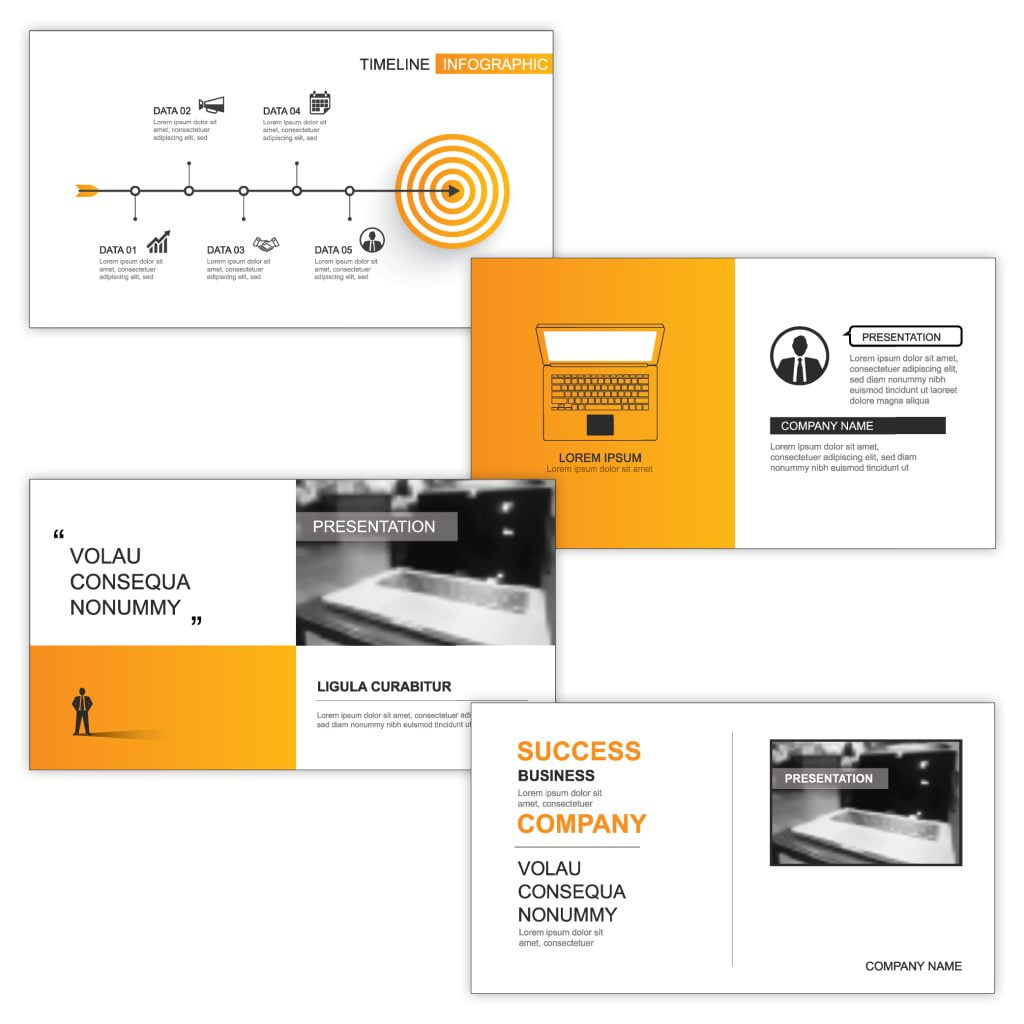Storytelling is a pivotal part of any content marketing plan.
Your business’s story determines what your brand is, who your audience is and what your goals are.
Messaging & Audience Needs

One of the most important steps of storytelling is messaging. As a business, you’ll need to differentiate your brand and services from others. Consistency is key here, and remaining consistent will help your audience to better understand your company’s goals. Relaying multiple consistent blogs or presentations will help to convey your ideas to potential consumers.
On top of messaging, you’ll need to determine your audience’s needs. Identify a problem your audience has and provide a solution. In doing so, you should convey to your audience that you prioritize your customers. Telling a story about how your business ensured they met a customer’s needs will help build trust between your company and your audience. Most of us want to know we’ll be taken care of when giving our money to a company. After all, who wants to seek out a company that doesn’t prioritize its customers?
Relatable Experiences

Another way to build trust with your customers is to tell first person experiences. Telling stories of personal experiences will make you more relatable to the consumer. If you share a similar difficult experience and persevered, your audience will trust that you can get them where they want to be.
Engage Your Audience & Paint a Picture

Alongside relating to the customer, it’s imperative that you engage with your audience. Determine the voice and tone that appeals to them. Deciding whether to be authoritative, humorous or informational will help your audience remain engaged with you. Using eye contact and speaking naturally, instead of reading from a script, will go a long way. If you’re focused in travel, like New York by Rail, you’ll want to be an informative source for your audience. If you’re setting up a guide or manual for your customers, you’ll want to be more authoritative.
Next, you’ll need to allow your audience to visualize your story. Yes, we’re talking about storytelling here, but pictures are always worth a thousand words. If you’re giving a presentation or conveying information on your website, examples tend to be easier to digest. If the customer can visualize your quality of work, it’ll be easier for them to decide whether or not to use your services.
Research & Practice

When painting a picture for your audience, you’ll need to make sure you do your research first. Before presenting at a conference, or other work-related event, reach out to the Director of the event or organization to receive advice. An example is research conducted by Content Studio NY in preparation for a presentation at the 2022 New York State Tourism Industry Association conference. Tom Martinelli, Chief Content Officer, reached out to the Executive Director to identify the best way to engage with that particular audience. Through doing so, Content Studio knew to prioritize visual examples, rather than bullet points. The customer is already listening to what you’re telling them, but with visual elements, you’re also showing them what your company can and will do.
You’ve heard the saying time and time again: “Practice makes perfect.” You, of course, know all of the ins and outs and capabilities of your company, but you need to make sure your story is as clear and concise as possible. You don’t want to ramble on when speaking to your audience, and you definitely don’t want to rush through your presentation. Practicing telling your story will keep you organized, and therefore, more engaging and confident. Before presenting, be sure to know how much time you have to speak, and rehearse as many times as needed.
Next Steps
Storytelling doesn’t have to be a complicated process. With the right team, you’ll be conveying information with ease and getting the results you’re looking for. Contact our team today to identify a storytelling strategy for your business. At Content Studio, we can help you in both sharing and identifying your story for your company or brand.

